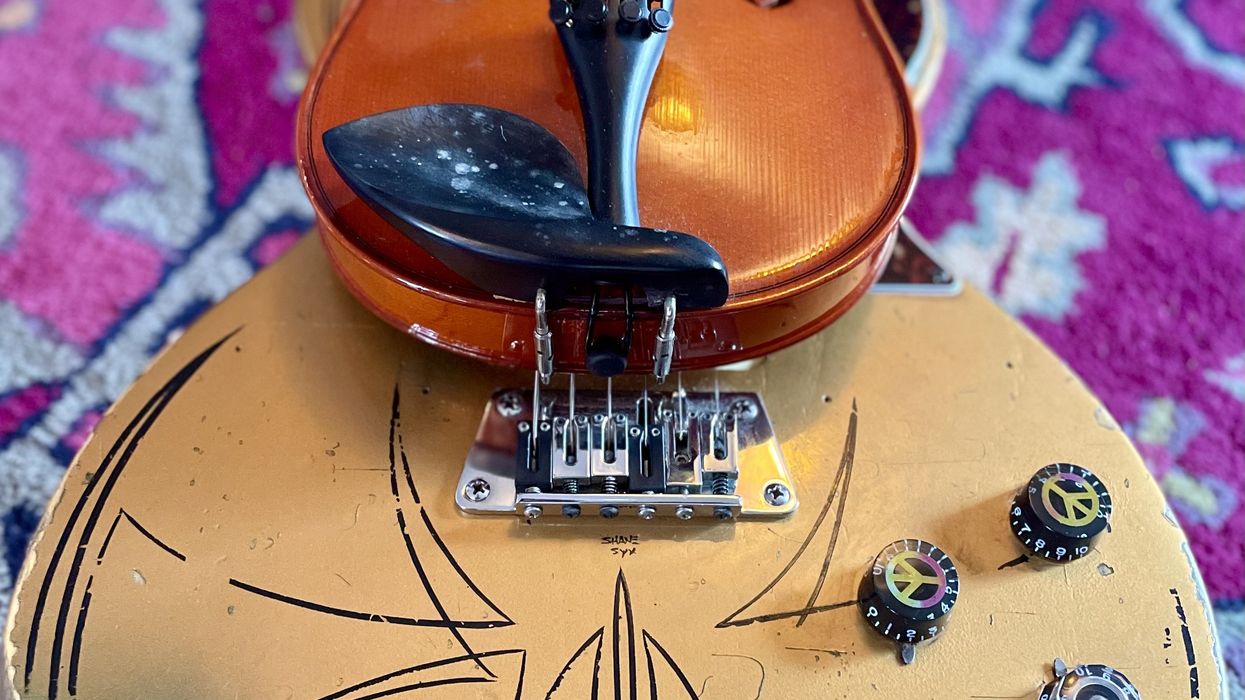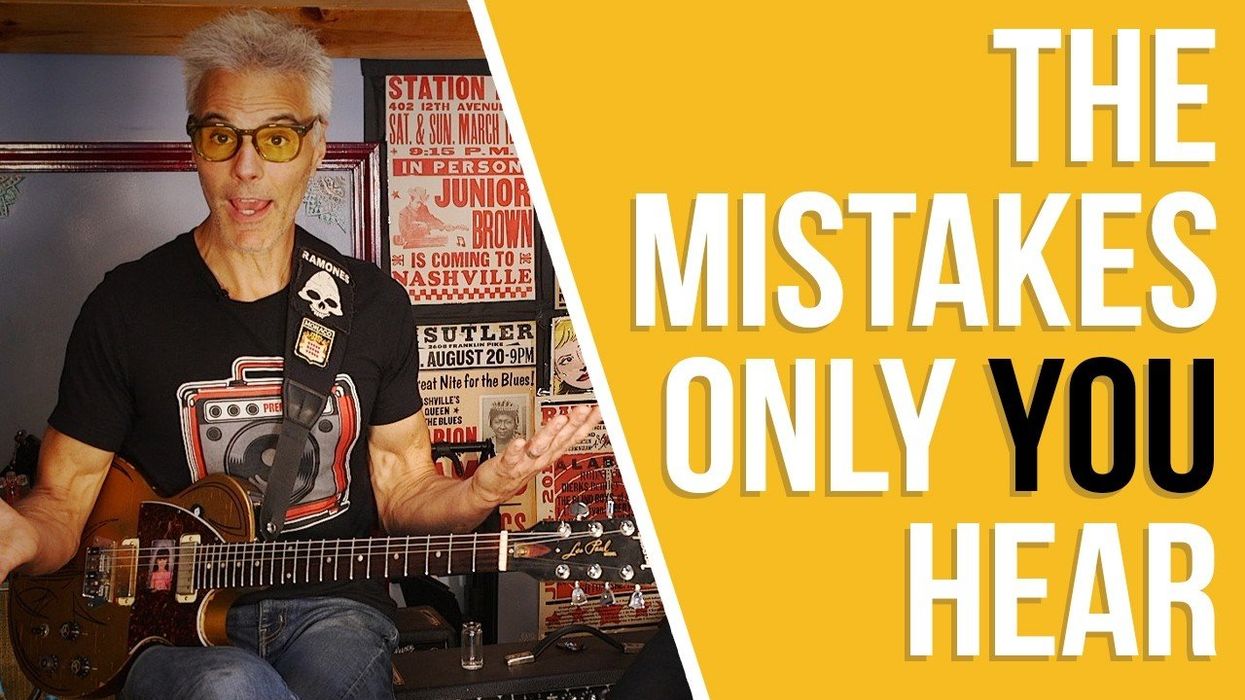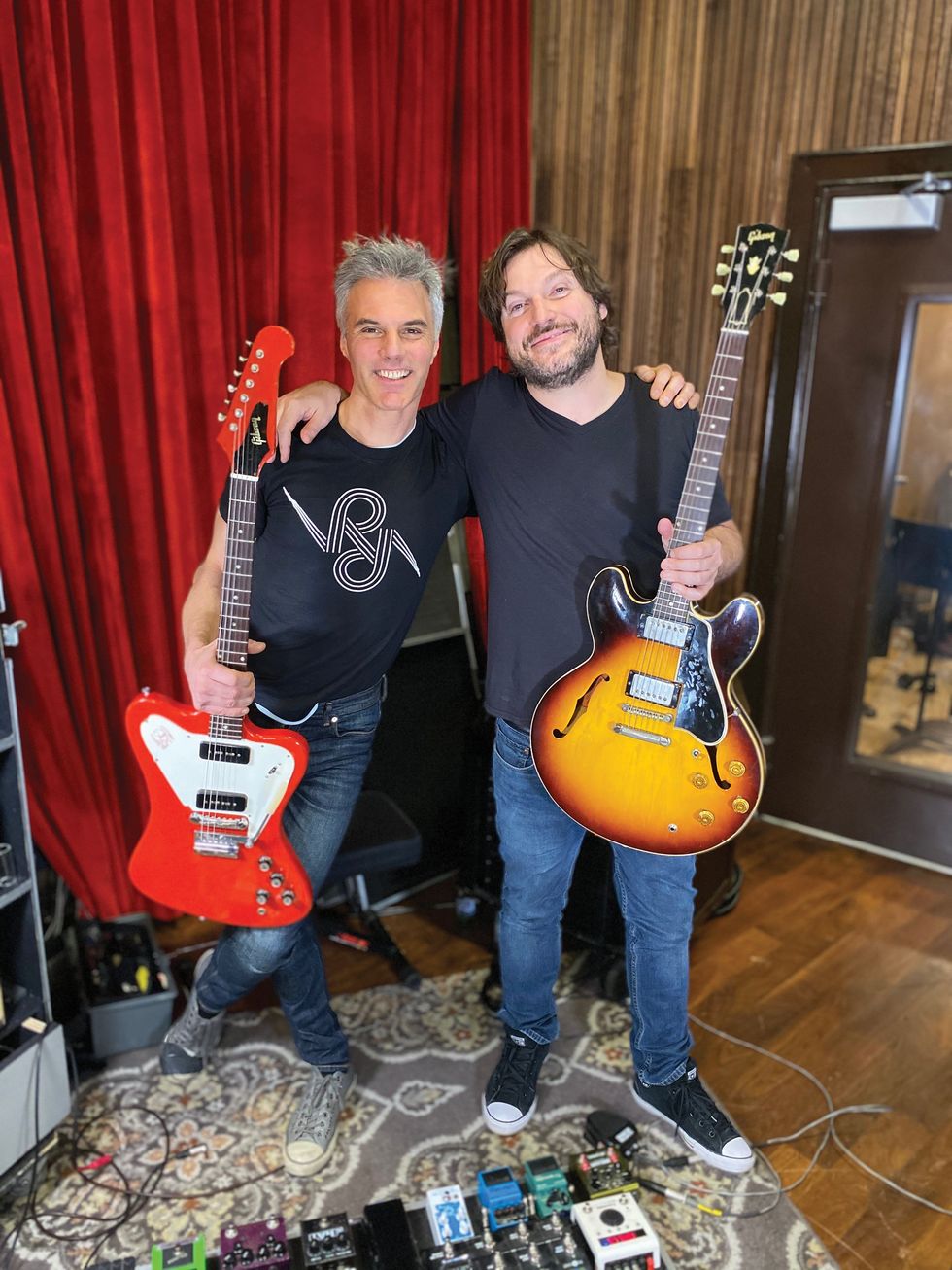I have tough news for you. Your favorite band—especially if you’re reading “State of the Stomp”—is most likely an electronic music act. I know, right? It’s like I’m writing clickbait headlines in the body of the article!
Perhaps your favorite band has no drum machine or synthesizer, but the same concepts that electrify the guitar or bass led to the first “purely” electronic instruments in the early 1900s. Electric guitars and what became known as synthesizers evolved together since then, yet until recently have been largely viewed as members of separate tribes. Today, that ideological and technological gap seems to be closing.
Let’s start with our warm and punchy friend, the vacuum tube. In 1906 this electronic marvel arrived and was ultimately utilized to great effect in guitar amplifiers, radar, and even computers. The tube amp/electric guitar combo was well-defined and kicking butt in a very user-friendly way by the 1950s. But synthesis, as we call it today, was still just “electronic music” back then—and it was a challenging art form. Electronic instruments were large, experimental, and expensive.
In 1951, RCA attempted to decode the formula behind a hit song. They designed an impressive synthesizer in hopes of replacing orchestras for music production. Their invention was an analog computer that took up an entire room and had a typewriter-style keyboard where the user tapped in code to get music out. It sounded and looked like a Dr. Suess invention, so it’s no surprise that it didn’t exactly take off.
Transistors were developed in the 1940s, and by the ’60s they were fully embraced by the electronic music crowd. They were the building blocks for synth titans such as Moog and Buchla. But the tube was still king for electric guitarists. We loved that sound and, in such a timbre-specific art form, we were going to stick to it. Transistor (solid-state) amps have long had a reputation among guitar players for being lifeless and cold.
Despite its rocky start, the transistor managed to sneak its way into our rigs via the effects pedal. Some of these culprits are still hot commodities. In ’66 we got the Fuzz Face, and by 1970 there was the Univox Super-Fuzz and the Big Muff. These pedals and their descendants remain staples, just as Moog’s filter holds the standard in synthesizer land.
Effects pedals and synthesizers have a lot of crossover. In fact, the two aren’t really separate at all. “The effects pedal chain is just a large format modular synthesizer,” says Casey Anderson, an educator and composer in Los Angeles. “You have fewer connection options, but the concept is exactly the same.” The sound goes in, the sound gets changed, the sound goes out again—wherever you send it.
Under the hood, both analog effects pedals and synthesizers use a lot of “control voltage” (referred to as CV) to wrangle their circuits. CV is very visible on the modular synthesizer, but in compact keyboards and effects pedals, that aspect is fairly well hidden. Automated volume control is probably the most rudimentary concept shared by these devices, but things like ring modulation, delay, wah/filter, and flange all feel very familiar across both worlds, too.
Happily, effects pedals with CV controls are becoming more common. This started about the time I got into effects. Here’s a little secret: I started as a purely digital electronic dance music producer, so while I’d never used CV in the physical realm, I was familiar with the idea. Not only can you make CV pedals communicate with each other, you can send that voltage to other capable devices—keyboard synths and computers included.
Since then, the Eurorack format of modular synthesizers has exploded, bringing a lot more people into the fold. The format is small, using 1/8” cables and jacks for CV and audio connections. As it turns out, these tiny jacks are much easier to integrate into the already small enclosures of effects pedals, too. Some guitar/synthesizer interface devices have been brewing as well, making it easier than ever to integrate these musical cousins.
Digital technology is doing wonders for music creation on all fronts. Large-scale integration of guitar and computer systems has become fairly common. It’s getting easier every day thanks to things like on-guitar MIDI controllers and tablet computers. One of the many great things about the digital system is that, at its core, everything becomes ones and zeroes—a common language between many machines. And thankfully, the user interfaces for musical applications are evolving almost as fast as computer technology on the whole.
“Oh, I wouldn’t know what to do. It’s so complex and confusing!” That’s something a synthesist will hear 700,000 times in his or her life. But the gaggle of intricately labeled knobs on the sea of effects pedals in your practice space looks just as intimidating as a big old synth rig to someone new to both instruments.
So, if you consider looking into synthesis as a part of your musical journey, remind yourself you’ve been doing it since you first plugged in. It’s up to you to decide how deep down the rabbit hole you want to go.
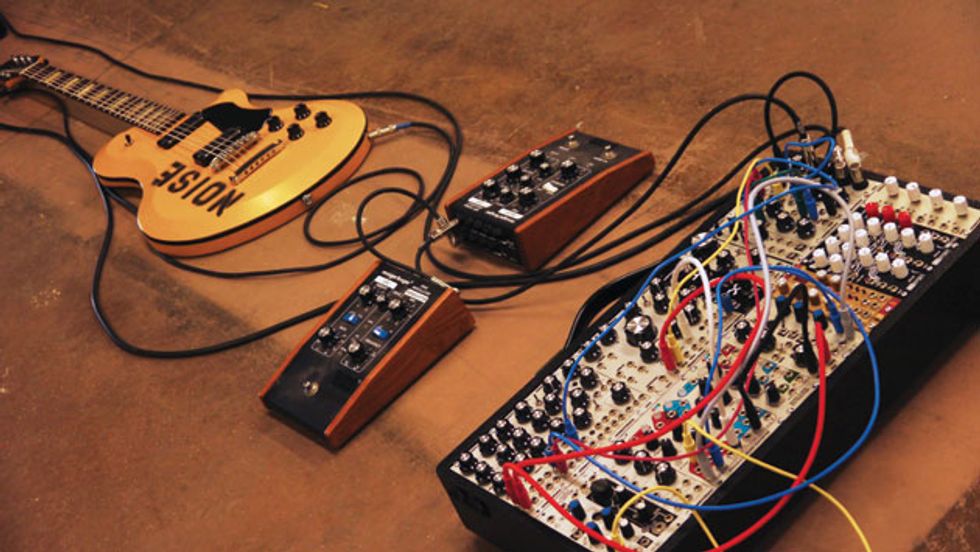



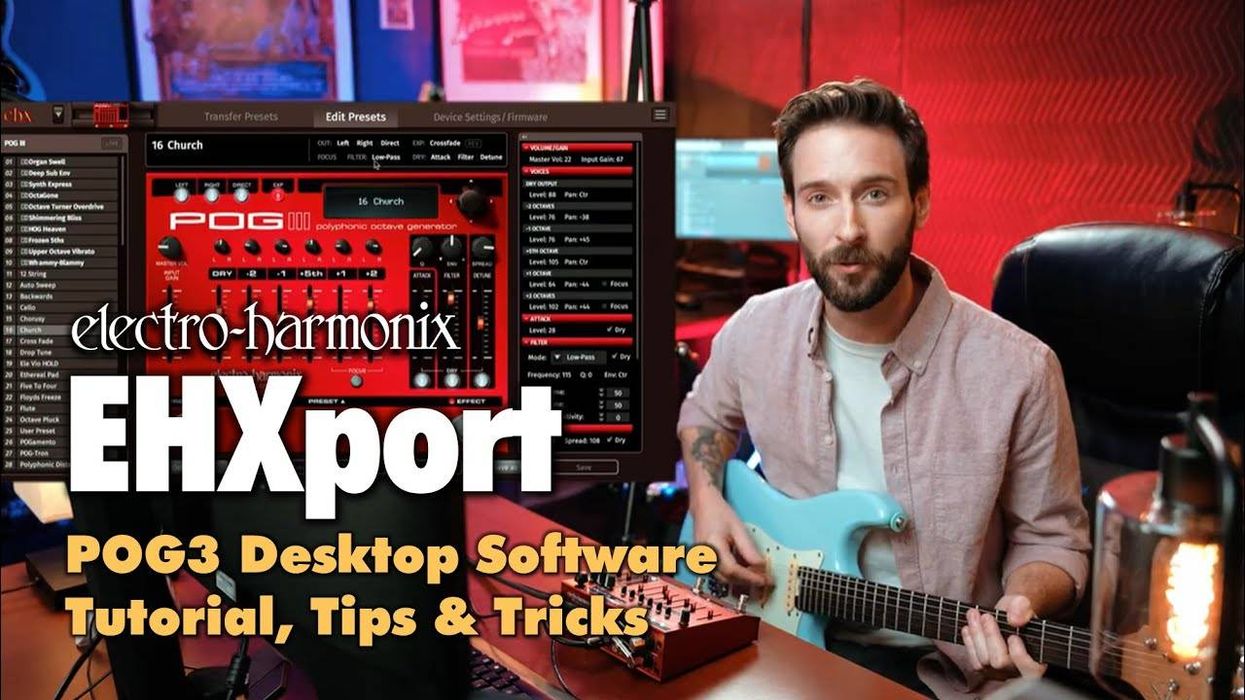


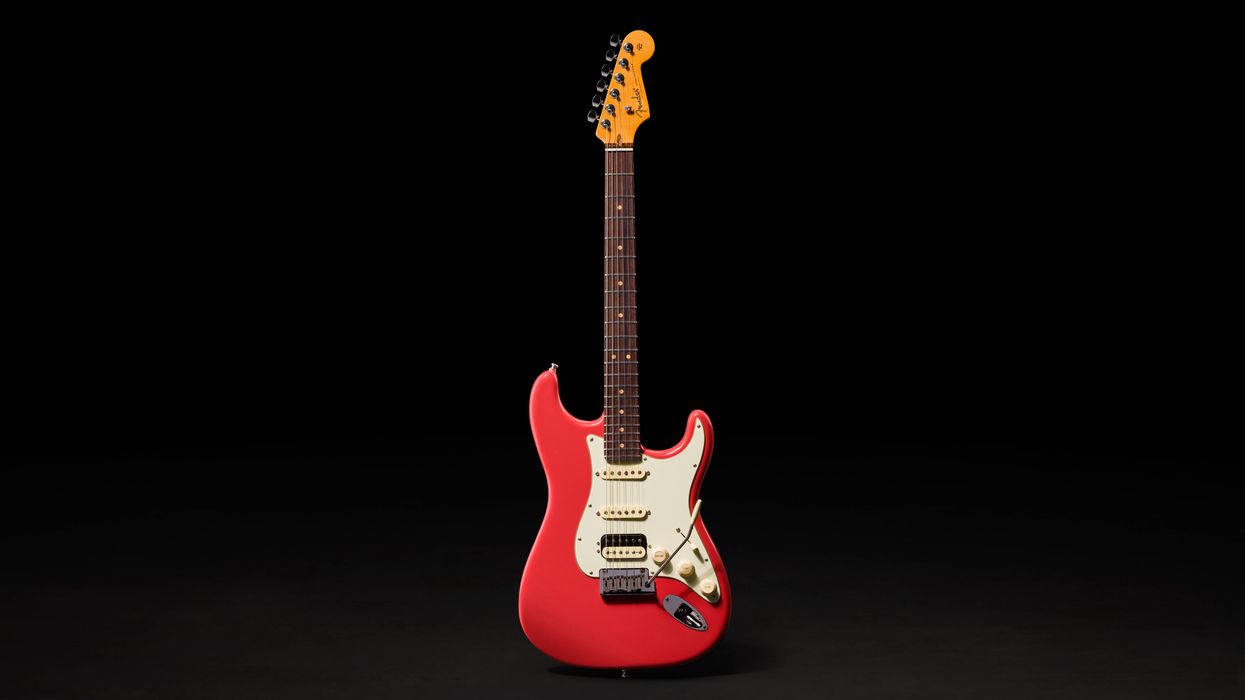
![Rig Rundown: AFI [2025]](https://www.premierguitar.com/media-library/youtube.jpg?id=62064741&width=1245&height=700&quality=70&coordinates=0%2C0%2C0%2C0)
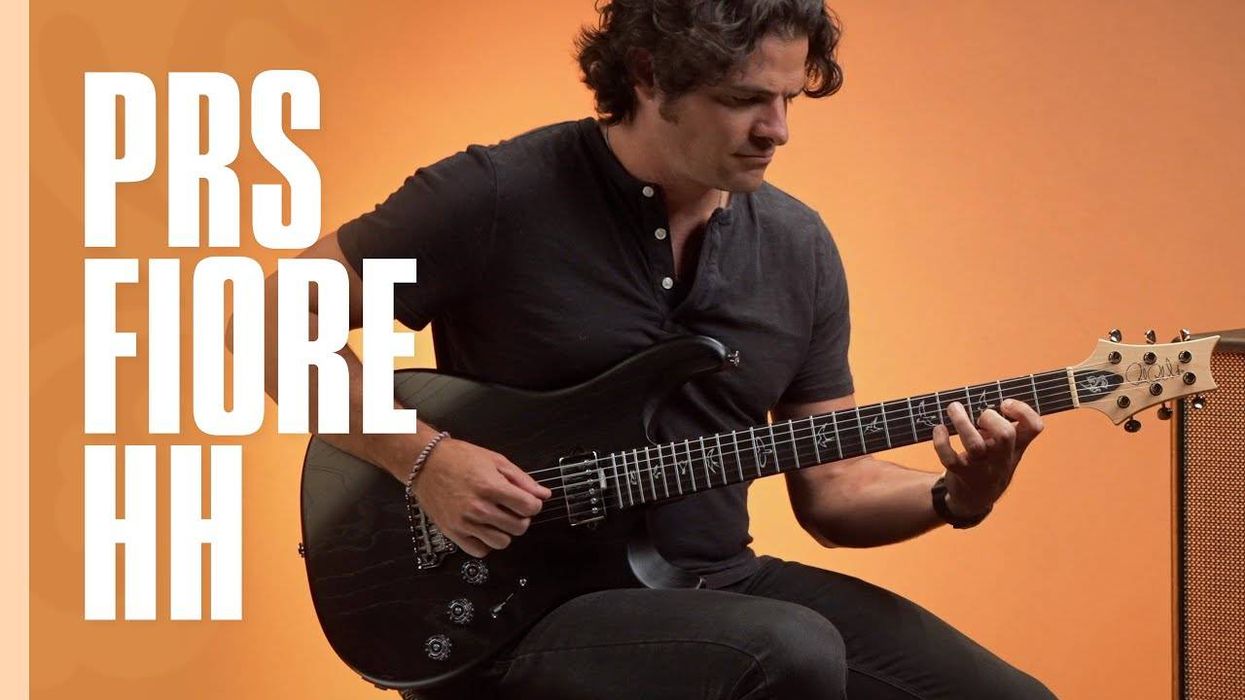

![Devon Eisenbarger [Katy Perry] Rig Rundown](https://www.premierguitar.com/media-library/youtube.jpg?id=61774583&width=1245&height=700&quality=70&coordinates=0%2C0%2C0%2C0)



